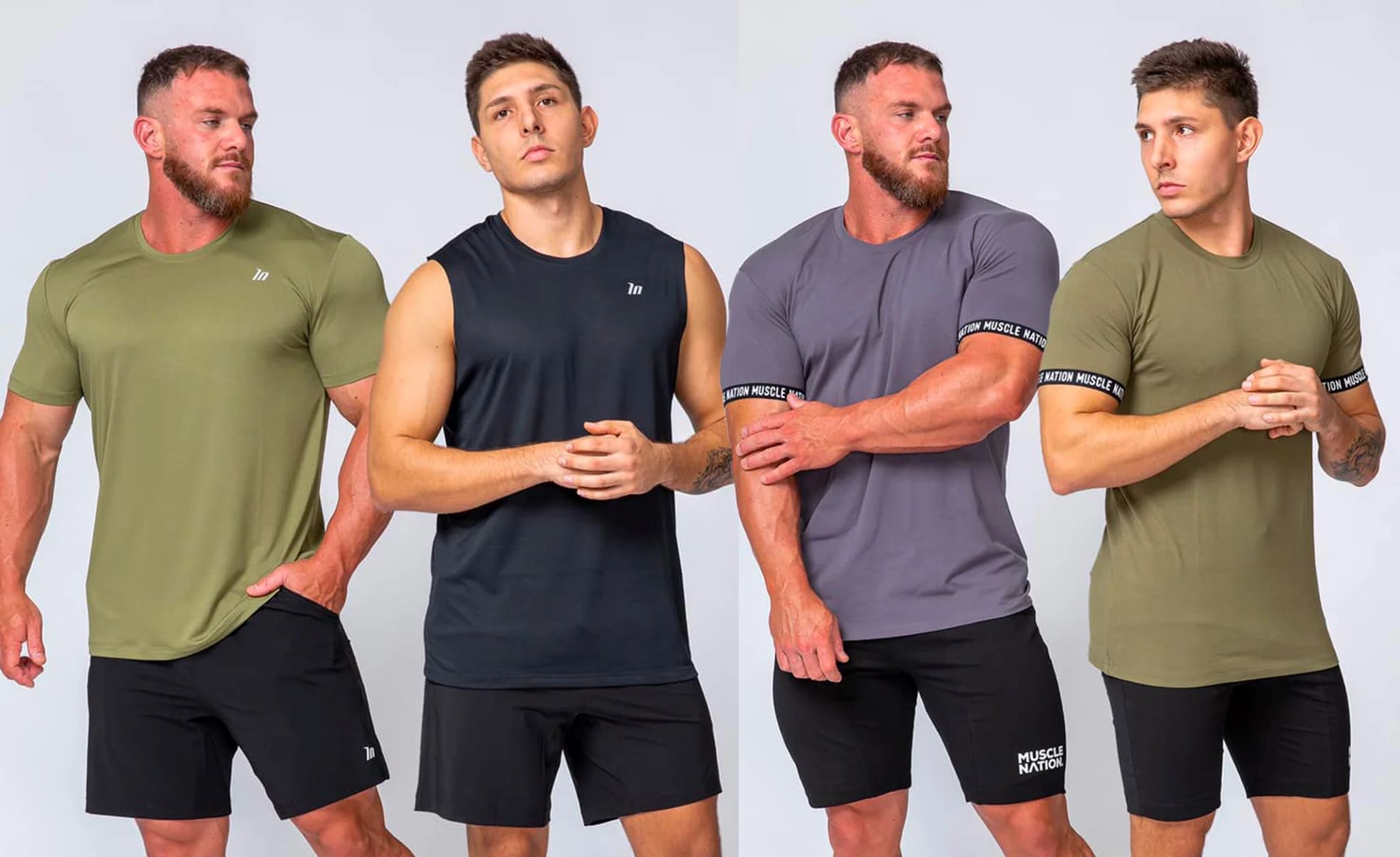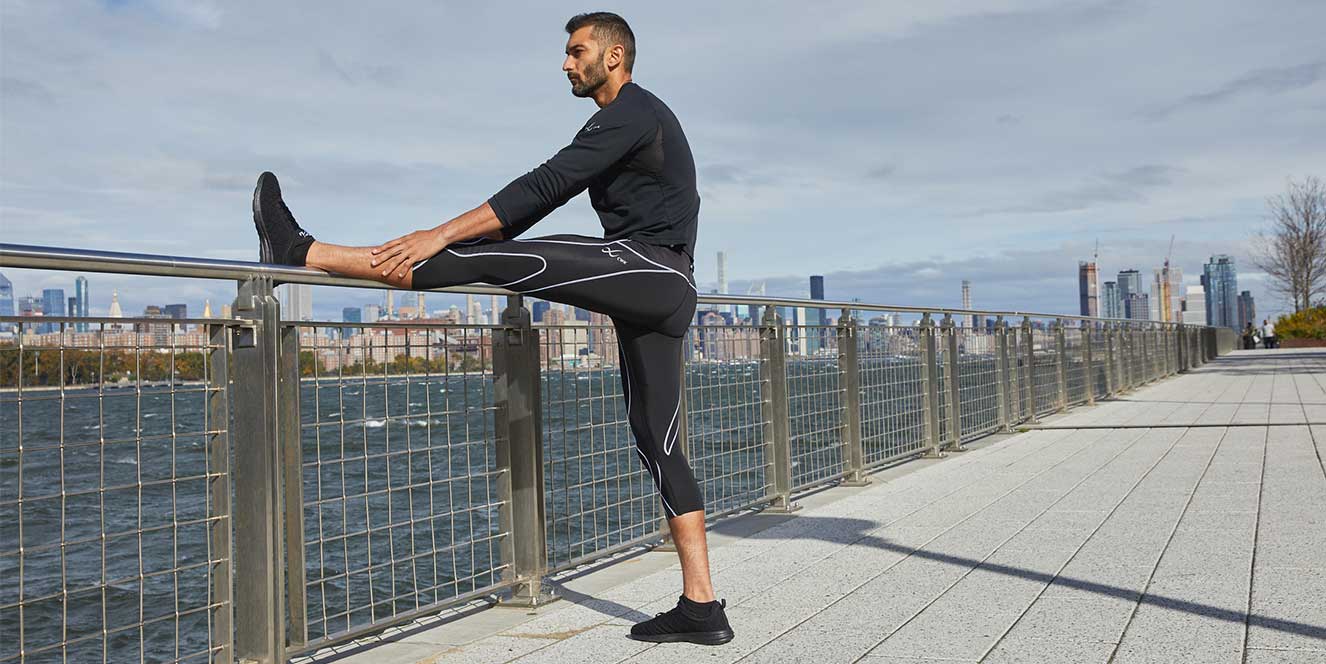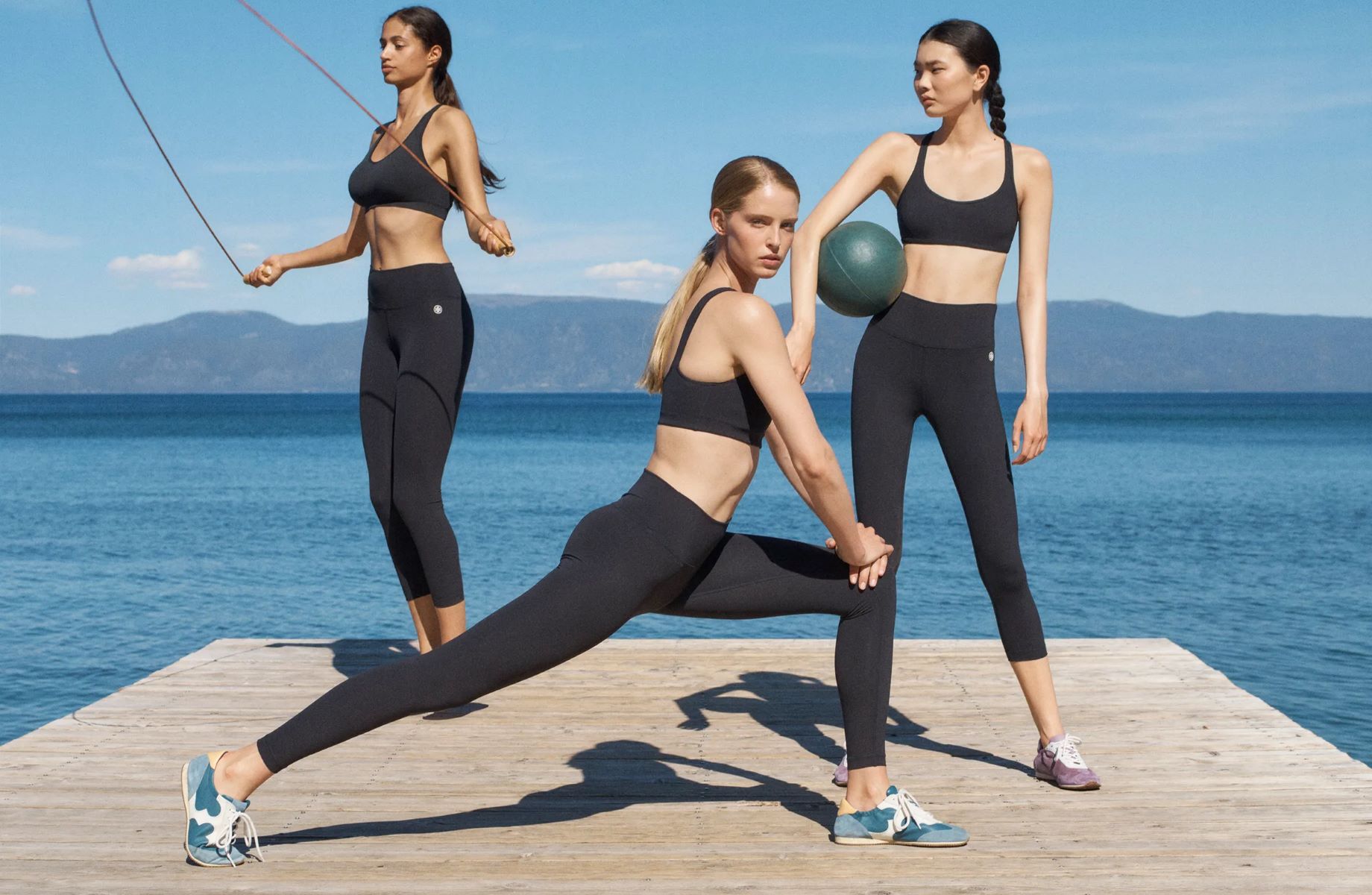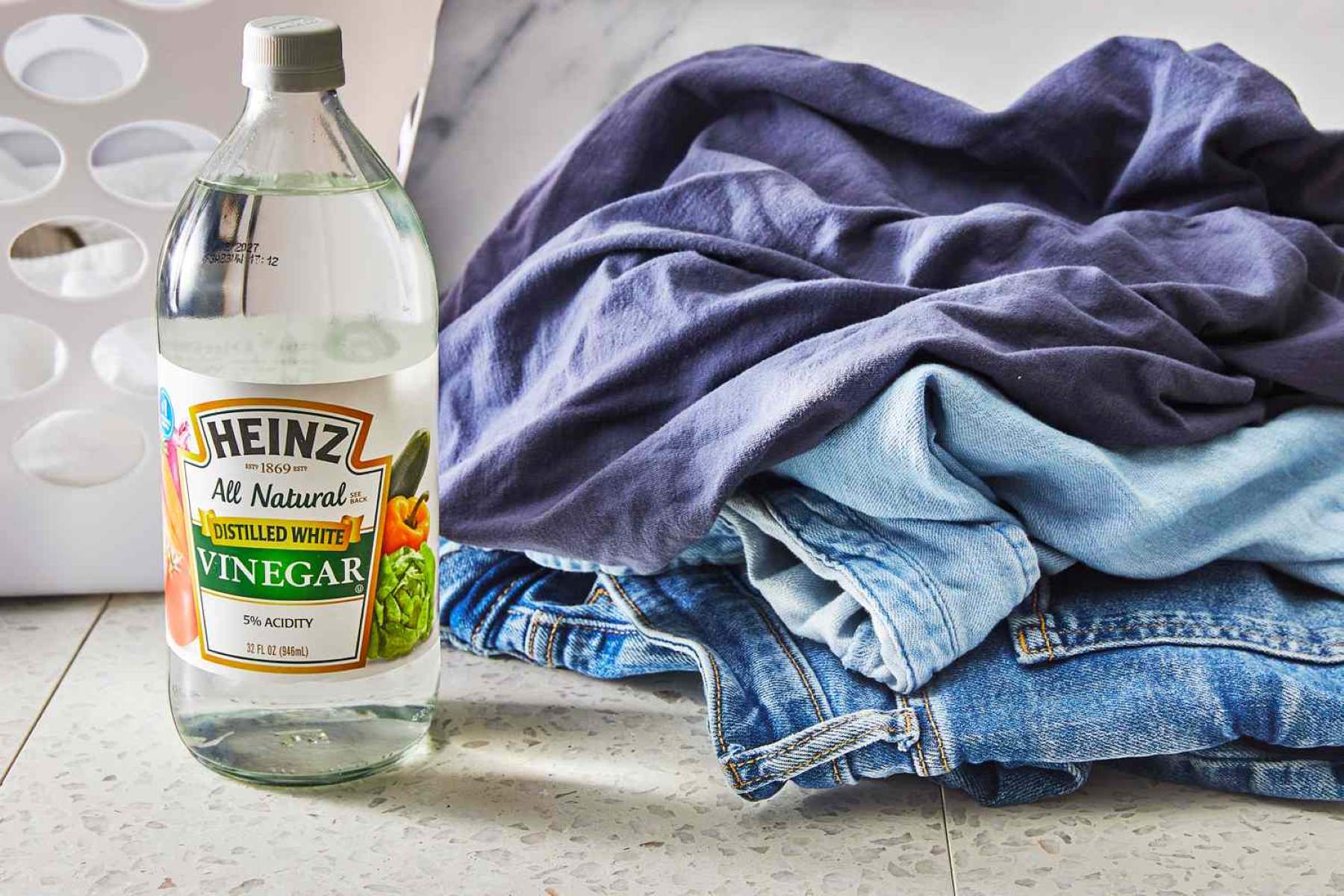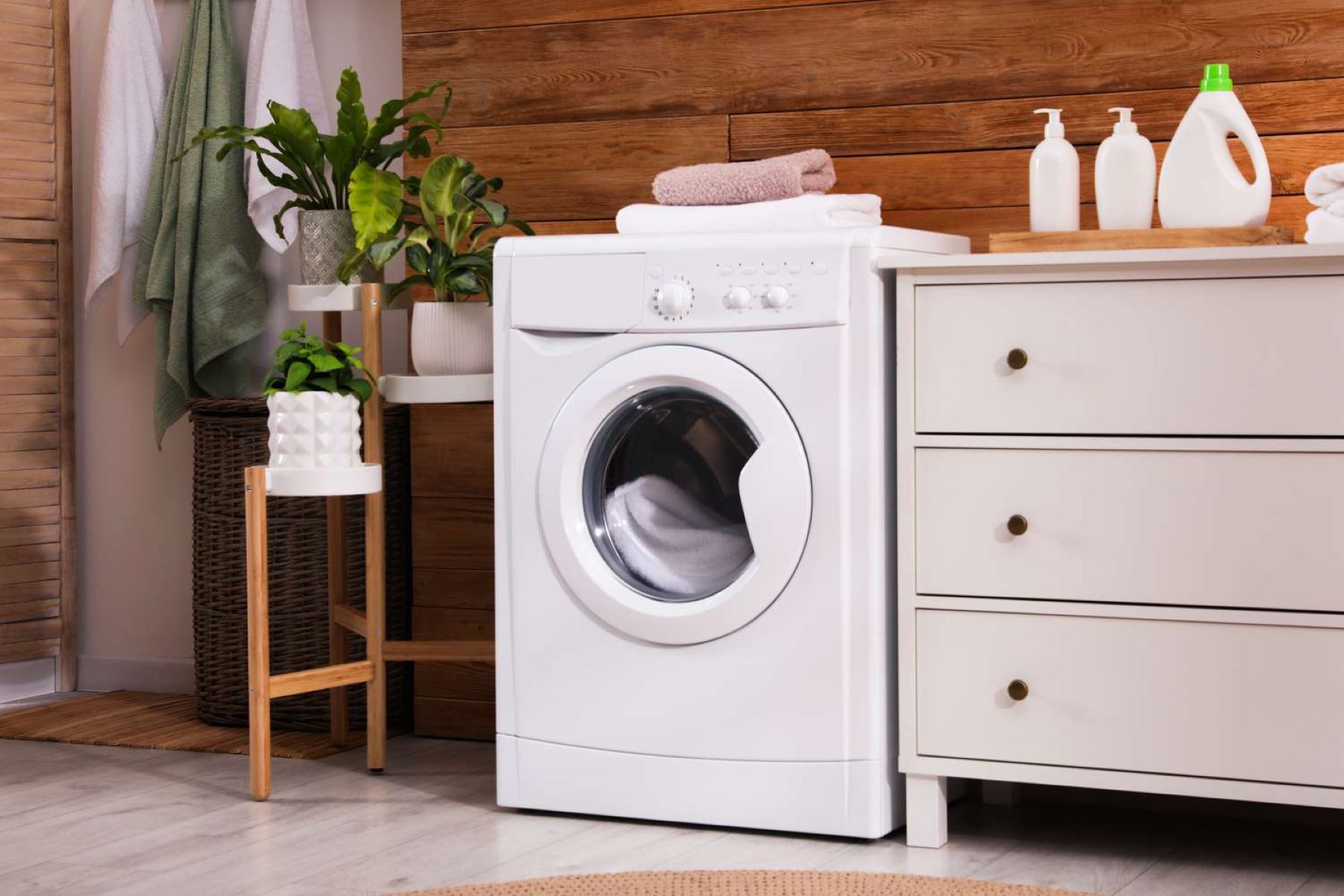Home>Misc>Featured>How Often Should Workout Clothes Be Washed
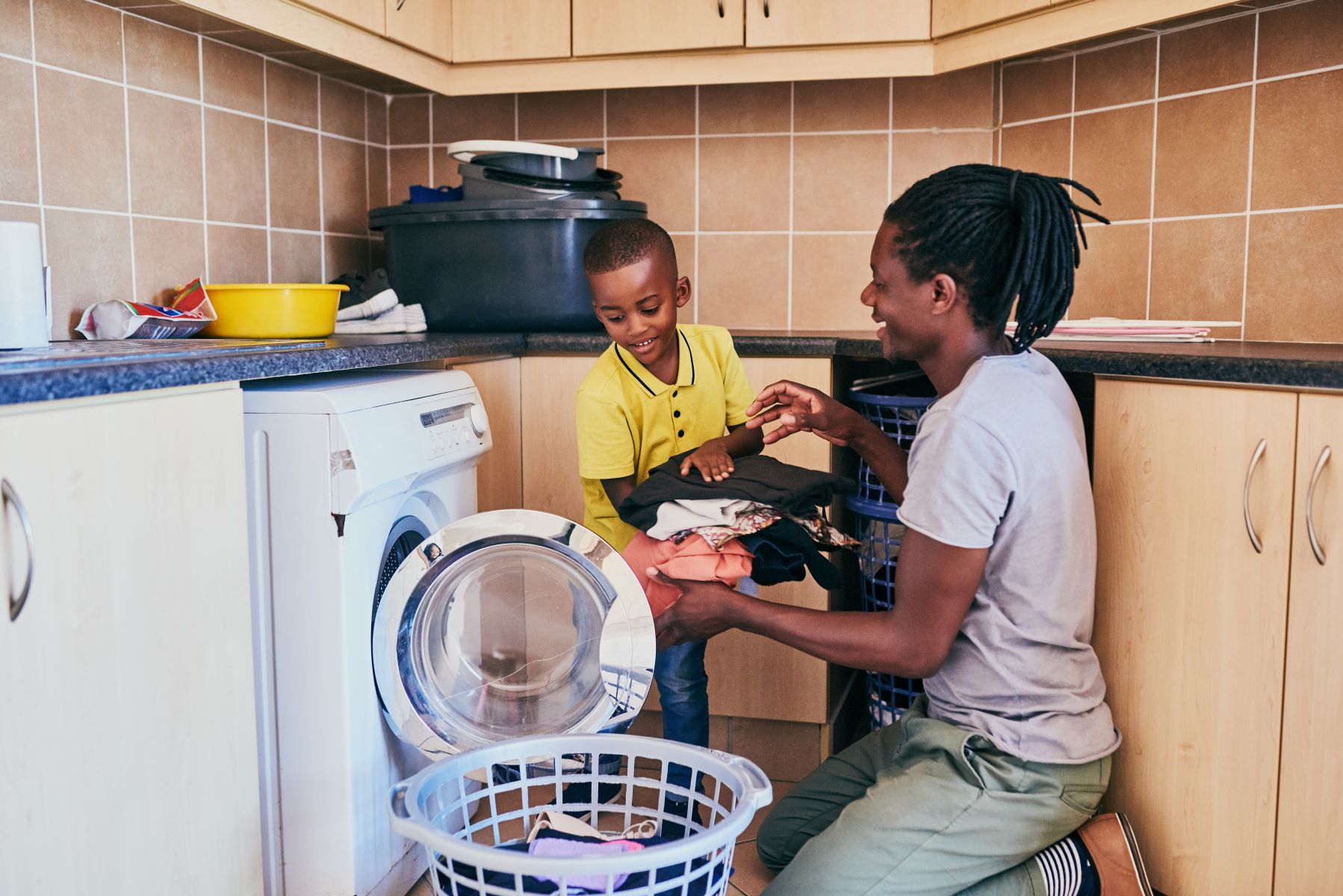

Featured
How Often Should Workout Clothes Be Washed
Modified: January 2, 2024
Looking for featured tips on how often workout clothes should be washed? Discover the ideal washing frequency for your activewear to maintain freshness and longevity.
Introduction
Regular exercise is vital for maintaining a healthy lifestyle, and having the right workout clothes can make a big difference in your comfort and performance during physical activities. However, many people overlook the importance of properly caring for their workout attire. How often should workout clothes be washed? This is a common question that arises when it comes to maintaining hygiene and preserving the quality of your workout gear.
When you work out, your body sweats, and this sweat gets absorbed into your clothes. Sweat contains not only water but also salts and oils from your skin. These elements can build up in your workout clothes over time, resulting in unpleasant odors and potentially causing skin irritations. Therefore, it is crucial to establish a regular washing routine for your workout clothes to keep them clean and fresh.
However, the frequency at which you should wash your workout clothes can vary depending on several factors. These factors include the intensity of your workouts, the fabric of your workout clothes, and your personal preference. By considering these factors, you can determine an appropriate washing schedule that helps maintain your workout gear’s cleanliness and longevity while ensuring optimal hygiene and comfort.
Factors to Consider
When deciding how often to wash your workout clothes, there are a few key factors to take into consideration:
- Intensity of Workouts: If you engage in high-intensity workouts that cause you to sweat profusely, you may need to wash your workout clothes more frequently. The more you sweat, the more likely it is that bacteria and odor-causing substances will accumulate in your garments.
- Fabric Type: The type of fabric your workout clothes are made of can also influence how often you should wash them. Synthetic fabrics like polyester and spandex tend to trap and retain odor-causing bacteria more than natural fibers like cotton. As a result, garments made of synthetic materials may require more frequent washing.
- Personal Preference: Some individuals may have a higher tolerance for reusing workout clothes before washing, while others may prefer a fresh set for each workout session. Consider your personal preference and comfort when determining how often to wash your workout attire.
By taking these factors into account, you can customize your washing routine to suit your specific needs and ensure that your workout clothes remain clean, odor-free, and in good condition.
Frequency for Different Types of Workouts
While there is no one-size-fits-all answer to how often you should wash your workout clothes, the following guidelines can help you determine a suitable washing frequency based on different types of workouts:
- Low to Moderate Intensity Workouts: If you engage in activities like yoga, Pilates, or light jogging where you don’t sweat excessively or come into contact with dirt or grime, you can typically wear your workout clothes for 2-3 sessions before washing them. However, always trust your senses – if they start to smell or feel unclean, it’s time for a wash.
- High-Intensity and Cardiovascular Workouts: For workouts that make you sweat profusely, such as high-intensity interval training (HIIT), cycling, or running, it’s advisable to wash your workout clothes after each use. The increased sweat production in these workouts makes it easier for bacteria and odors to accumulate in your clothing.
- Outdoor or Dirty Environments: If you exercise outdoors or participate in activities that involve contact with dirt, mud, or other contaminants, it’s essential to wash your workout clothes after every session regardless of the intensity. This helps remove any dirt or bacteria that could cling to your clothing and cause unpleasant odors or skin irritations.
Remember, these guidelines are just general suggestions. Everyone’s body and workout routines are different, so trust your instincts and adjust your washing frequency as needed based on how your clothes look, feel, and smell.
Signs that Workout Clothes Need Washing
Knowing when your workout clothes need to be washed is crucial for maintaining their freshness and prolonging their lifespan. Look out for the following signs that indicate it’s time to give your workout attire a thorough cleaning:
- Unpleasant Odor: If your workout clothes start to develop a lingering, funky smell even after you’ve worn them for a short period, it’s a clear indication that they need to be washed. This smell is often caused by bacteria and sweat buildup in the fabric.
- Visible Stains: If you notice visible stains on your workout clothes, whether from sweat, dirt, or any other source, it’s a sign that they require immediate attention. Leaving stains untreated for too long can make them difficult to remove later.
- Increased Discomfort: Does wearing your workout clothes feel less comfortable than usual? If you find them becoming increasingly itchy or irritating to your skin, it may be due to the accumulation of bacteria, dirt, or sweat. Washing them will help rid the fabric of these irritants and restore their comfort.
- Loss of Stretch or Elasticity: Over time, the elasticity and stretch of workout clothes can deteriorate, affecting their fit and performance. If you notice that your garments have become loose or are not retaining their original shape, it may be a sign that they need to be washed to maintain their quality.
- Noticeable Dullness or Color Fading: Built-up sweat, dirt, and detergent residue can contribute to the dulling of colors in your workout clothes. If you notice a loss of vibrancy or the colors looking faded, it’s time to give them a thorough wash.
Keep in mind that these signs may vary depending on factors such as fabric type and personal preference. Trust your instincts and be proactive in washing your workout clothes to ensure optimal cleanliness and performance.
Tips for Washing Workout Clothes
Properly washing your workout clothes is essential for maintaining their freshness, removing odor-causing bacteria, and keeping them in good condition. Follow these tips to ensure that your workout attire stays clean and lasts longer:
- Separate by Color and Fabric: Sort your workout clothes by color and fabric type before washing. Separating dark and light-colored garments can prevent color bleeding, while separating synthetic fabrics from delicate ones can prevent damage.
- Pre-Treat Stains: Treat any visible stains on your workout clothes before washing. Use a stain remover or a mixture of vinegar and water to help break down and remove tough stains effectively.
- Turn Clothes Inside Out: Turning your workout clothes inside out before washing can help protect the fabric’s outer surface from wear and tear, as well as prevent logo or print damage.
- Use Mild Detergent: Opt for a mild detergent that is free from harsh chemicals and additives. Avoid using fabric softeners as they can leave residue on synthetic fabrics and reduce their moisture-wicking capabilities.
- Cold Water is Best: Wash your workout clothes in cold water whenever possible. Hot water can damage the elasticity of the fabric and cause shrinkage.
- Gentle Cycle and Delicate Bag: Choose a gentle cycle on your washing machine to minimize agitation. Additionally, placing your workout clothes in a mesh laundry bag can further protect them from damage during the wash cycle.
- Avoid Dryer Heat: Air-drying is the best option for drying your workout clothes. High heat in the dryer can cause shrinkage and damage synthetic fibers. Hang your clothes in a well-ventilated area or use a drying rack.
- Avoid Ironing: Most workout clothes do not require ironing. If necessary, follow the care instructions on the garment’s label and use a low-heat setting or iron inside out to avoid damaging the fabric.
Following these tips will help ensure that your workout clothes are properly cleaned without compromising their quality, fit, or performance.
Common Mistakes to Avoid
When it comes to washing workout clothes, there are some common mistakes that many people make. Avoiding these mistakes will help preserve the quality and longevity of your workout attire:
- Leaving Clothes in a Pile: Leaving sweaty workout clothes in a pile or crumpled up can promote bacterial growth and make them harder to clean. Instead, hang them or spread them out until you’re ready to wash them.
- Using Too Much Detergent: Using an excessive amount of detergent can lead to soap buildup on your workout clothes, which can trap odor-causing bacteria. Follow the recommended dosage on the detergent’s packaging for the appropriate amount.
- Not Using Enough Detergent: On the other hand, using too little detergent may not effectively remove sweat, dirt, and bacteria from your workout clothes. Ensure that you use an adequate amount of detergent to thoroughly clean your garments.
- Ignoring the Care Instructions: Each piece of workout clothing may have specific care instructions, such as temperature settings or whether they can be machine-washed or should be hand-washed. Ignoring these instructions can lead to damage or reduced performance. Always read and follow the care labels.
- Using Fabric Softeners: Fabric softeners can leave a residue on workout clothes, reducing their moisture-wicking capabilities and interfering with their breathability. Avoid using fabric softeners for your workout attire.
- Using Harsh Stain Removers: Harsh stain removers may contain bleach or other strong chemicals that can damage the fabric of your workout clothes. Opt for milder stain removal methods or products specifically designed for athletic wear.
- Delaying Washing: Letting your workout clothes sit for an extended period before washing allows bacteria to multiply and can make stains more difficult to remove. Try to wash your workout clothes as soon as possible after each use.
- Aggressive Washing: Vigorously scrubbing or using harsh washing techniques can damage the fabric and affect the performance of your workout clothes. Use a gentle cycle and avoid excessive agitation during washing.
Avoiding these common mistakes will help ensure that your workout clothes remain clean, fresh, and in good condition, allowing you to maximize their performance and lifespan.
Conclusion
Properly caring for your workout clothes is just as important as choosing the right gear for your fitness routine. By understanding how often to wash your workout clothes and following the right techniques, you can keep them clean, fresh, and in good condition.
Factors such as the intensity of your workouts, fabric type, and personal preference should all be considered when determining the frequency of washing. High-intensity workouts, outdoor activities, and sweat-inducing exercises generally require more frequent washing. However, low to moderate intensity workouts may allow for a couple of sessions before washing.
Pay attention to signs that indicate your workout clothes need washing, such as unpleasant odors, visible stains, discomfort, loss of stretch, or color fading. Taking action at the first sign of these issues can help maintain the cleanliness and longevity of your workout attire.
When washing your workout clothes, separate them by color and fabric type, pre-treat stains, turn them inside out, use a mild detergent, wash in cold water, and avoid using the dryer or excessive heat. By following these tips and avoiding common mistakes such as leaving clothes in a pile, using too much or too little detergent, or ignoring care instructions, you can preserve the quality and performance of your workout clothes.
Remember, taking care of your workout clothes not only ensures optimal hygiene but also enhances your overall workout experience. Clean, fresh exercise attire promotes comfort, confidence, and motivation. So, make it a habit to care for and wash your workout clothes regularly, allowing you to fully enjoy your fitness journey.
